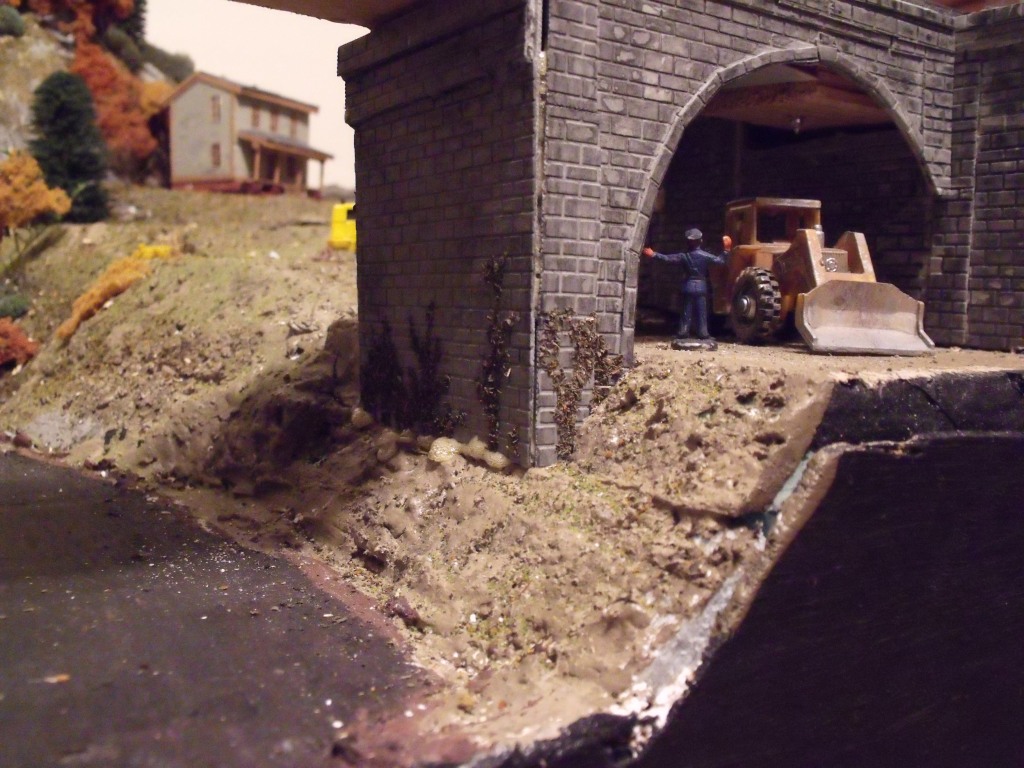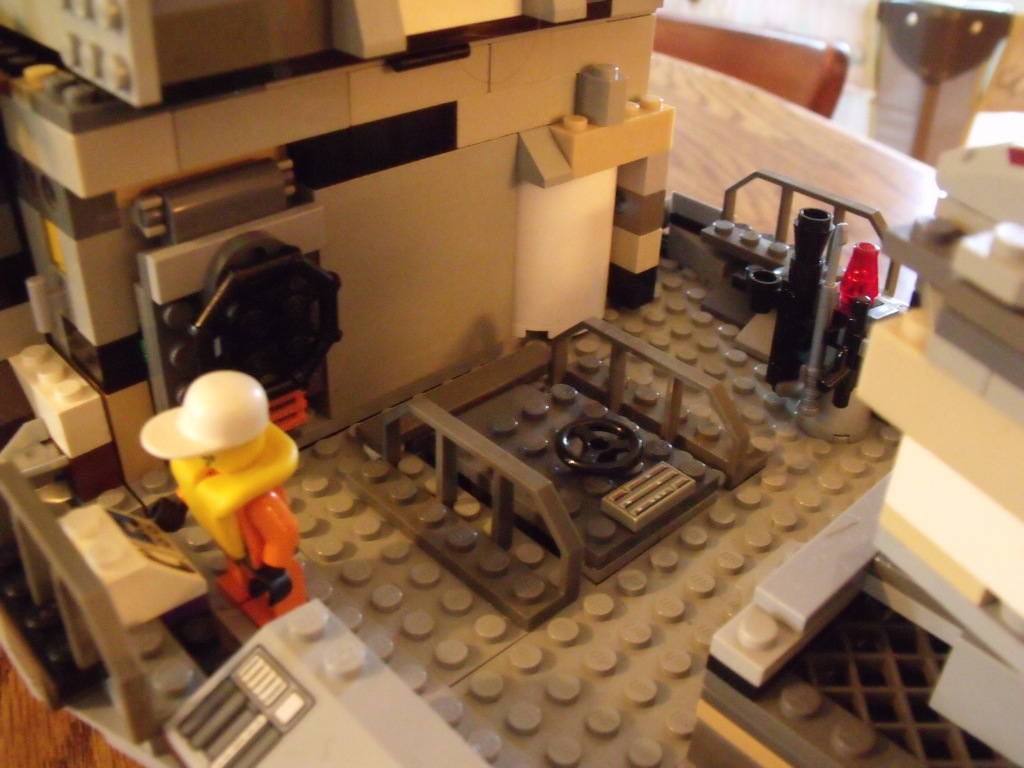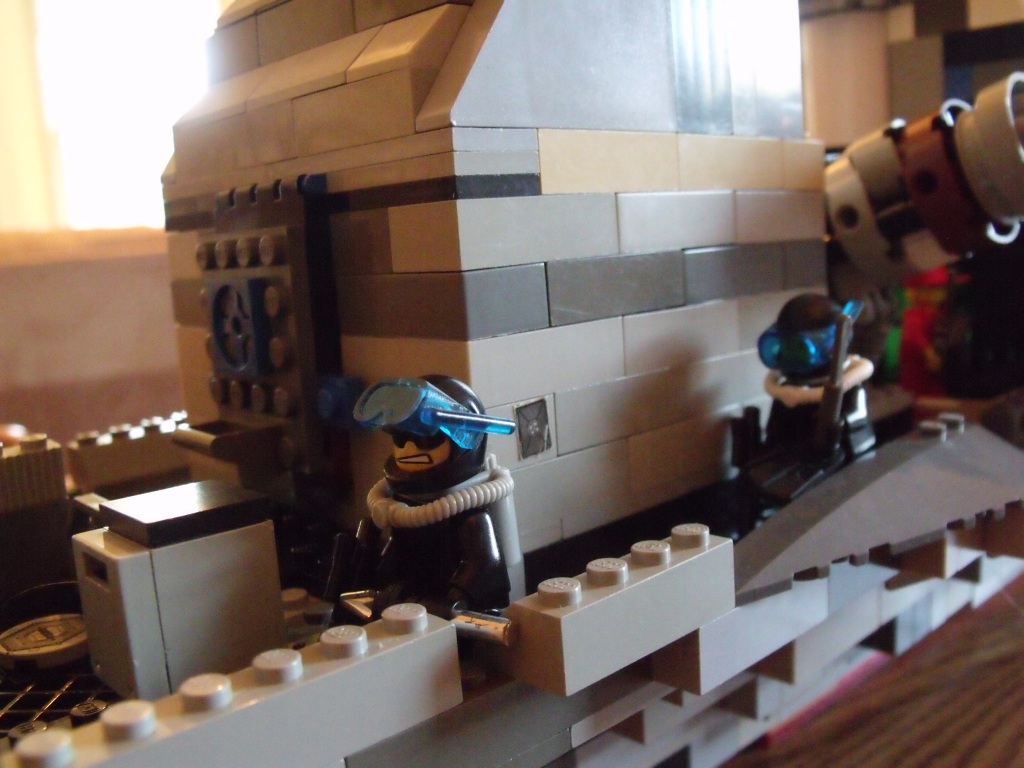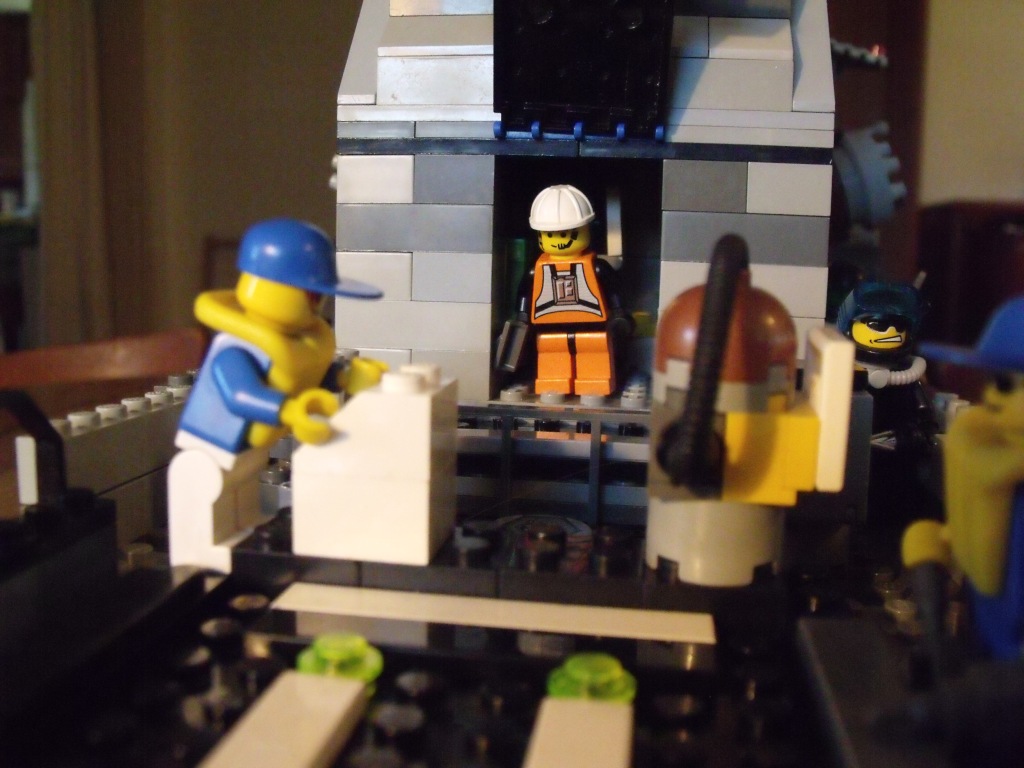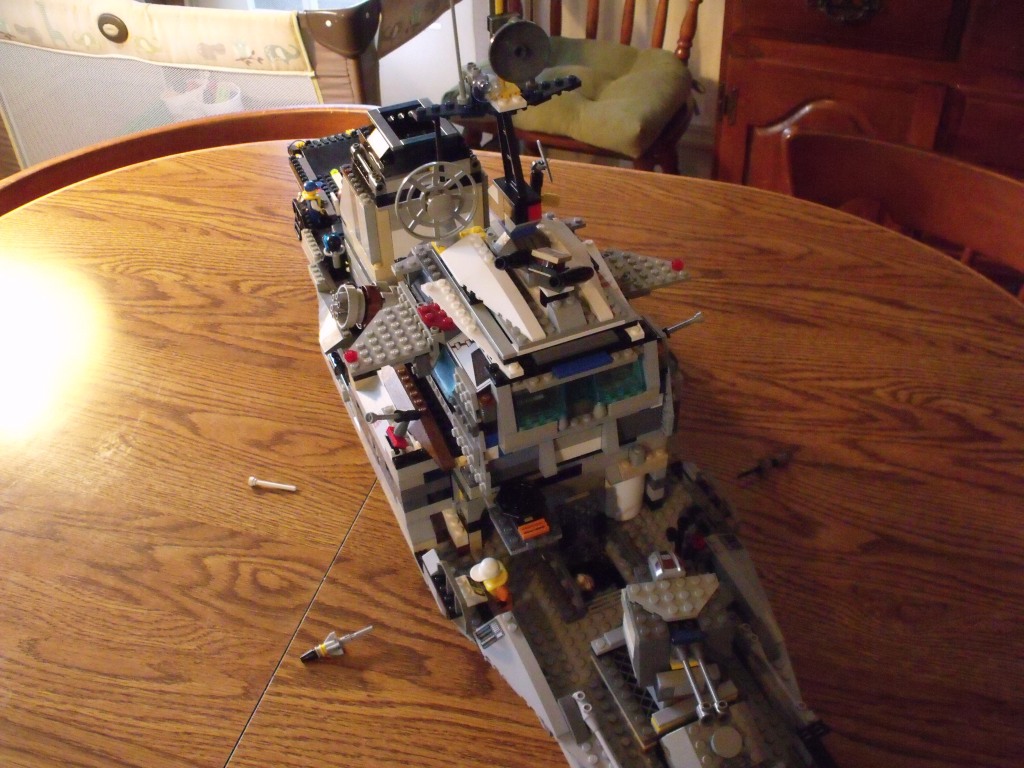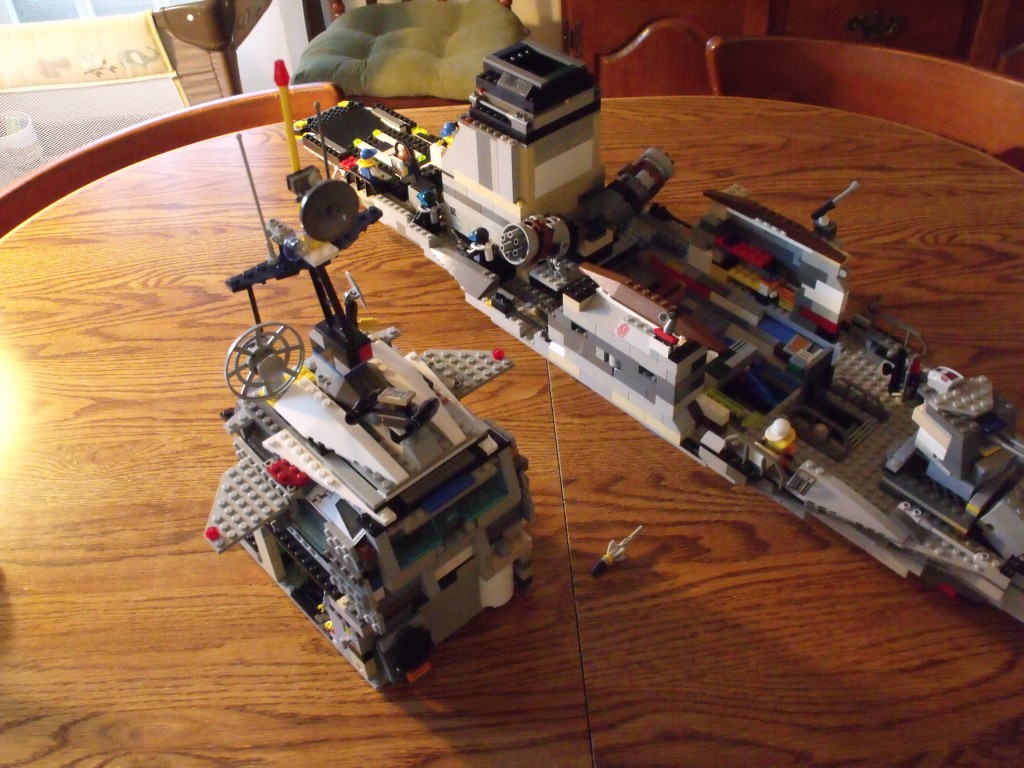 Crafting is, for me at least, a relaxing, unwinding activity. Whether making a PnP game, or crafting a station for my layout, or making a retaining wall for a bridge, it is a great way to relax, relieve stress, and enjoy that feeling of accomplishment.
Crafting is, for me at least, a relaxing, unwinding activity. Whether making a PnP game, or crafting a station for my layout, or making a retaining wall for a bridge, it is a great way to relax, relieve stress, and enjoy that feeling of accomplishment.
But to be able to craft, you need materials. After all, that house you want isn’t going to come just out of thin air! So, how do you get those materials, and how can you do so cheaply (or even for free)?
When it comes to making board games, or making structures for a model railroad, having good cardstock on hand is helpful. It is one of those basic materials (at least for me) in my crafting supply. You can buy sheets of poster board, or printable cardstock paper to get what you need, but why do that when there are other ways to get the materials you need?
To clarify terminology, when I refer to cardstock (here in the US) I refer to a sheet of cardboard that is solid, and not corrugated. The cardboard that is used on the back of legal pads of paper are a good example. I realize in other parts of the world, especially Europe, you might have different names for such stuff, “Chitboard” being one such term I have heard of.
Now, how does one find such cardstock, and how do you use it? This is the focus of my thoughts here. First, let’s run through some frugal sources of this versatile crafting material:
Cereal Boxes. (And other “food” boxes)
 This is my favorite source for crafting material right now. Breakfast is something most always have on hand, especially if you are like me and have a toddler in the house! (Cheerios are to toddlers what Cheese puffs are to adults.) If you are like 97% of those who consume cereal, you just throw out the box (or recycle) when you finish the contents.
This is my favorite source for crafting material right now. Breakfast is something most always have on hand, especially if you are like me and have a toddler in the house! (Cheerios are to toddlers what Cheese puffs are to adults.) If you are like 97% of those who consume cereal, you just throw out the box (or recycle) when you finish the contents.
But it is better to up-cycle this material. I have found that the cardstock in these boxes to be very usable (the Cheerios boxes get high marks- they are thicker than other boxes, and bigger.) I prefer them for making nice, thinner tiles for games (like Pay Dirt. A review will be coming soonish)
Legal Pad backs. These tend to be thick- they are great for player boards or extra thick chits or tiles for a game, like I did for Dune Express:
Shirt cardboard: With some dress shirts (or in my case, my work shirts), the shirt comes pinned or clipped to a sheet of thin cardstock. Typically it has a white, glossy finish on one side. I really like to use this for making thick cards, like for the Empire Engine. The smooth white back nicely complements the card’s appearance.
I have also painted the white side of the cardboard, and scribed it to give the look of concrete. I used this technique for the inside of the bridge I am finishing.
These cardstock materials are handy for model railroad projects. They can be used as bracing for an interior of a scratchbuilt structure (as I did with this house). 
They can also be used to make textured sheets thicker for walls. The bridge scene on my railroad is cereal cardboard with the textured sheet layer on top. It makes it sturdy and thick enough to be believable.
This cardboard is also good for making the cores of many models. I am planning to scratchbuild some passenger cars in the future, and I believe having a cardstock core should be easy enough to do, that I can layer detail on top of it.
Also, with a steady hand and a good knife, cardstock can be carefully scribed to look like wood siding. This is a skill I am working on mastering, but it sure beats buying stripwood or textured wood sheets. With extra care and attention to detail, I could imagine you could carve/cut brick or dressed stone texture into a sheet of cardstock as well with reasonable results.
It very well may be that you may argue that you can’t get great detail from cardboard as a building material, that styrene is the best choice, or better yet, buy your own stripwood. There is merit to this. I would hope that something you buy be a little better than something I scrounged. But, my point is this: In most cases, you can get a very reasonably detailed, good looking building out of cardstock for a fraction of the price. (Or, if you do use those textured sheets, like I do (they were a gift), cardstock is a good brace and add some more body to the sheet. )
If you look at the great layouts of yesteryear (think John Allen, etc.), many of their great buildings were done with cardstock or similar materials, with great result. Granted they did not have the same selection of products as we do now. But what they did do with what they had is inspiring to us making do will up-cycled materials.
So when you finish that box of cereal, don’t throw it out! You next game waiting to be made, or the materials for a great little station could be in your hands.



